Öland
WELCOME TO Öland
County Overview
Borgholm
1,342 km2
25,000
Swedish
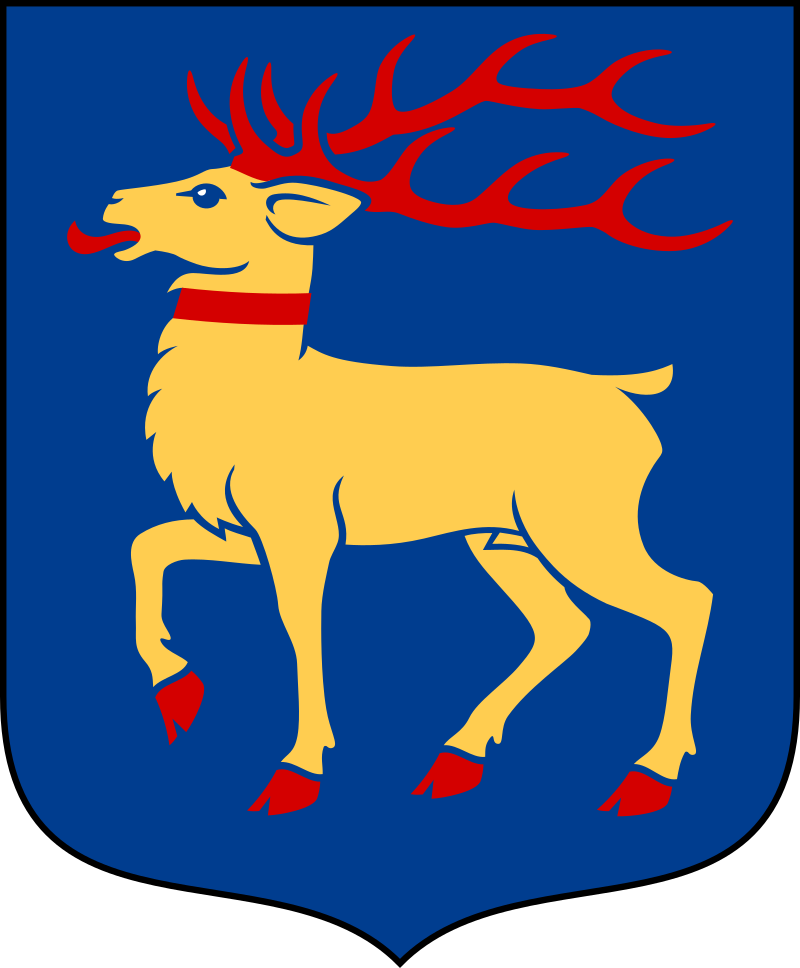
Popular
Geography and Tourist Attractions
Information about the province's tourist attractions, including popular destinations, events, and activities.
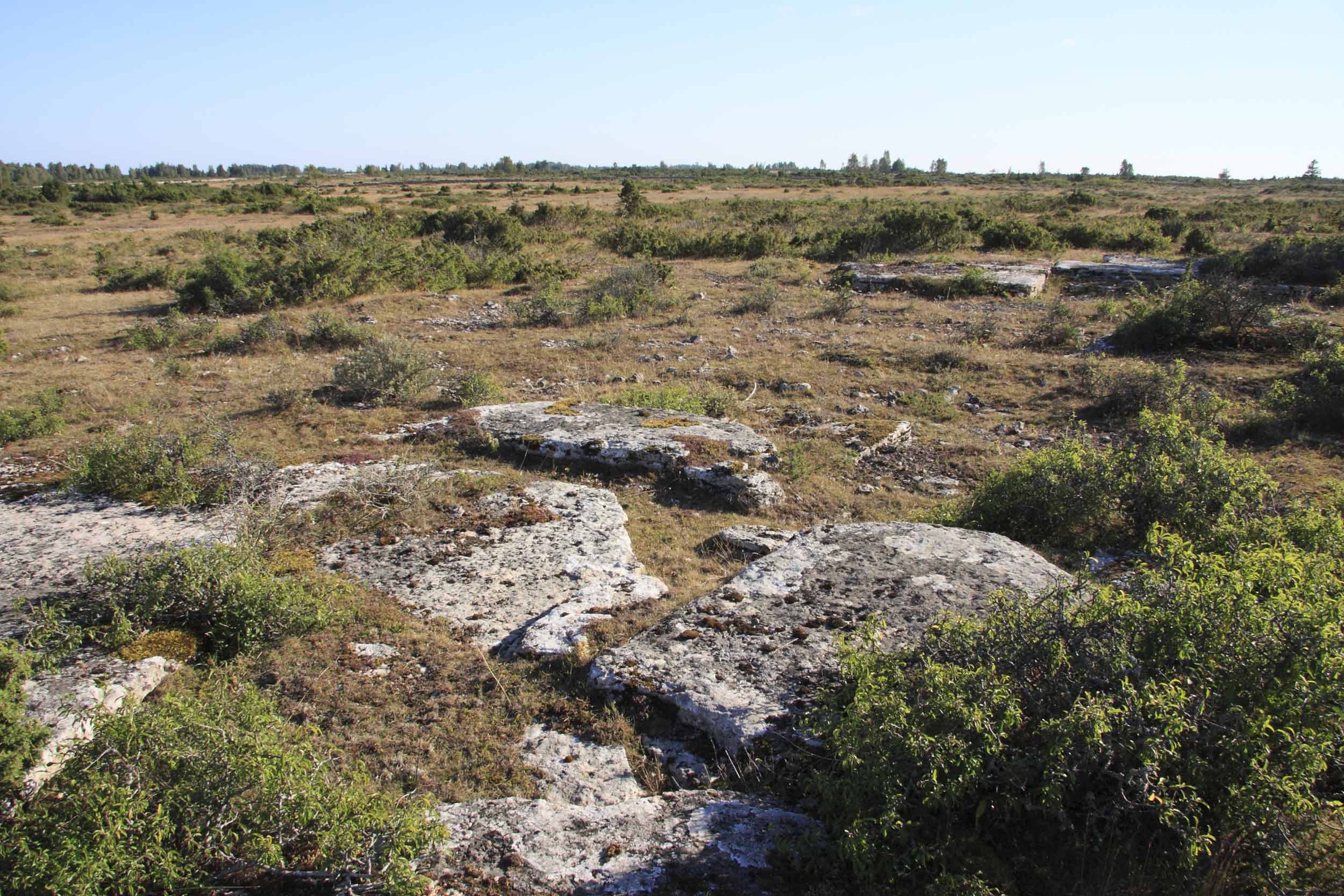
The Stora Alvaret
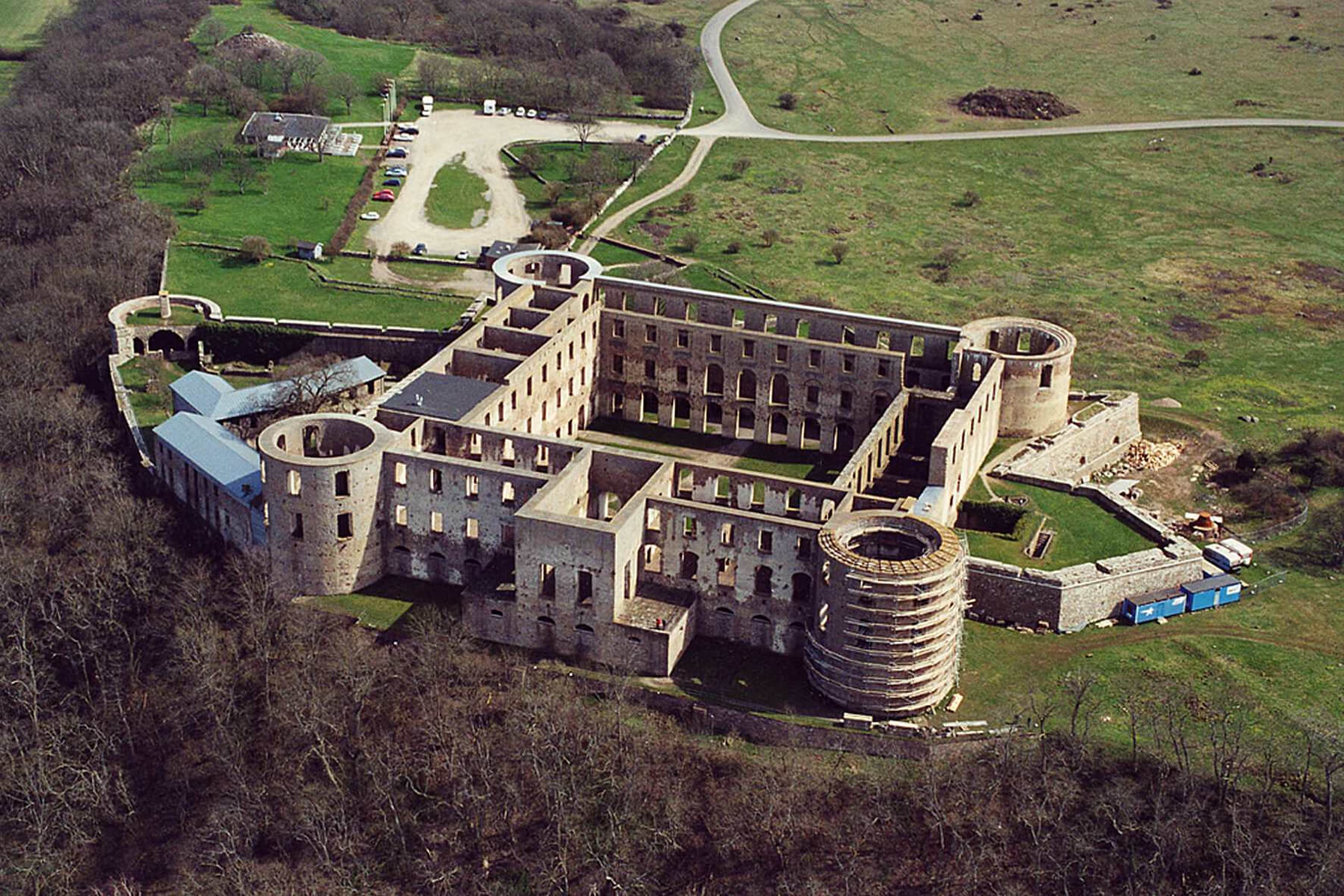
Borgholm Castle
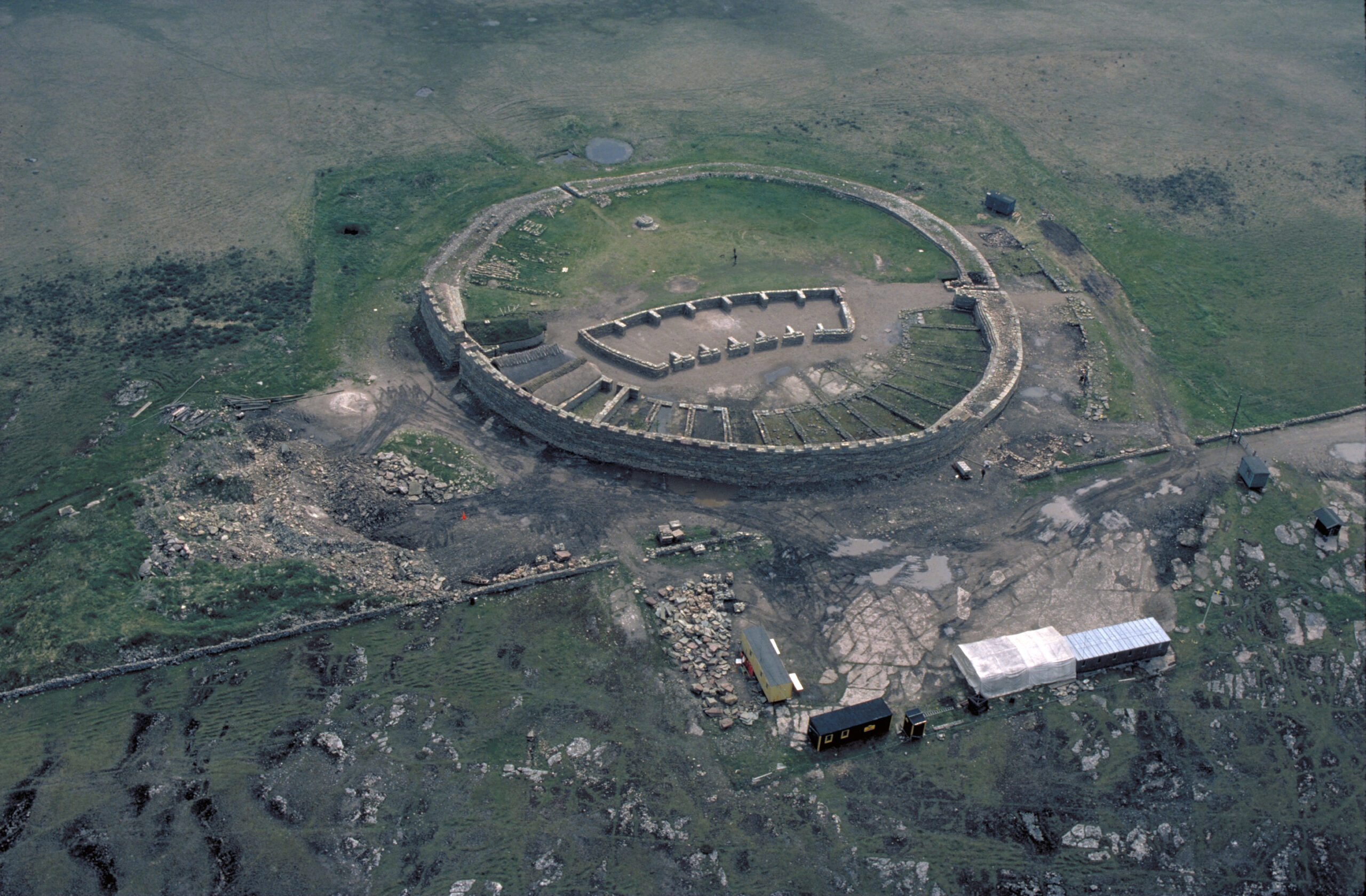
Eketorp Fortress
Political
Economy and Government
Öland is not officially recognized as a separate region in Sweden, but rather as a part of the Kalmar County. However, Öland is considered an island and is physically separated from the mainland, which affects its economy and government. The economy of Öland is mainly based on agriculture, fishing, and tourism. The fertile soil and mild climate make the island an ideal place for farming, and Öland is known for its production of potatoes, grains, and vegetables. The fishing industry is also an important part of the local economy, with herring, salmon, and cod being the main catches. The island's natural beauty and rich history also attract a significant number of tourists each year, which supports a range of businesses such as restaurants, hotels, and shops.
As a part of the Kalmar County, the government of Öland is largely governed by the county council and the municipalities within the island. The council is responsible for providing public services such as healthcare, education, and transportation. The municipalities are responsible for local government and provide services such as waste management, emergency services, and local planning. The region also has representation in the Swedish parliament, where the island's interests are advocated by local politicians.

History
History and Culture
The island of Öland has a rich and fascinating history that spans back thousands of years. Archaeological evidence shows that the island was first inhabited during the Stone Age, and it has since been home to a variety of cultures and civilizations. During the Viking Age, Öland was an important trading center and a hub of maritime activity. The island's strategic location made it a target for many invaders, including Danish, Russian, and Polish forces. Today, visitors can explore many of the island's historic sites, including the Borgholm Castle, the Eketorp Fortress, and the ancient burial mounds.
Öland has also been shaped by its unique culture and traditions. The island's isolation from the mainland has allowed for the development of a distinct dialect and customs. The island has a strong tradition of folk music, dance, and storytelling. Many local festivals and events celebrate the island's cultural heritage, including the Midsummer celebrations and the annual Alvar Loon festival. The island's cuisine is also unique, with many traditional dishes featuring locally sourced ingredients such as potatoes, fish, and game. Overall, Öland's history and culture are an important part of Sweden's rich heritage, and the island continues to be a source of inspiration and pride for its inhabitants.
HOTELS

Strand Hotell
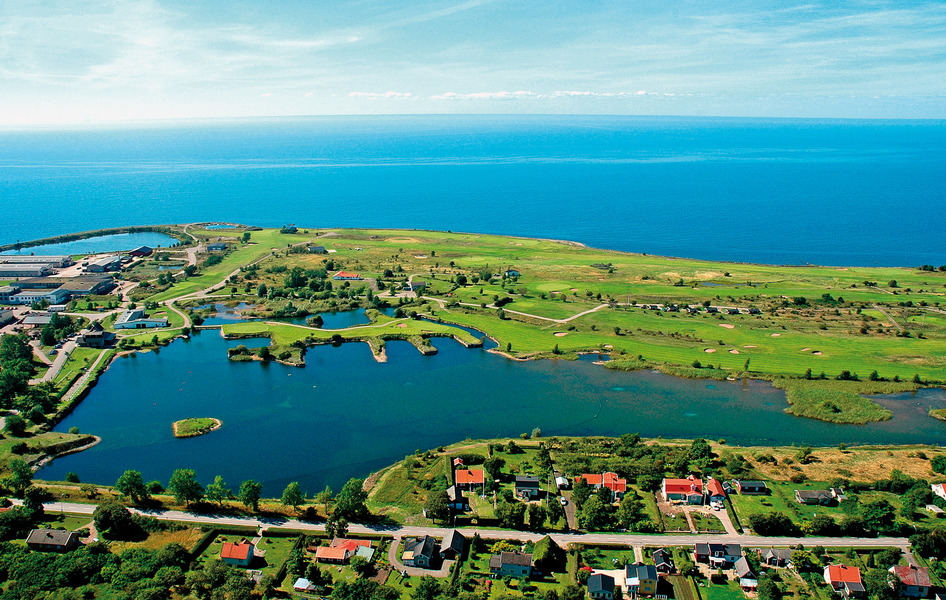
Grönhögen Golf Resort

Hotel Skansen
RESTAURANTS

Böda Sand Restaurant

Söderberg & Sara

